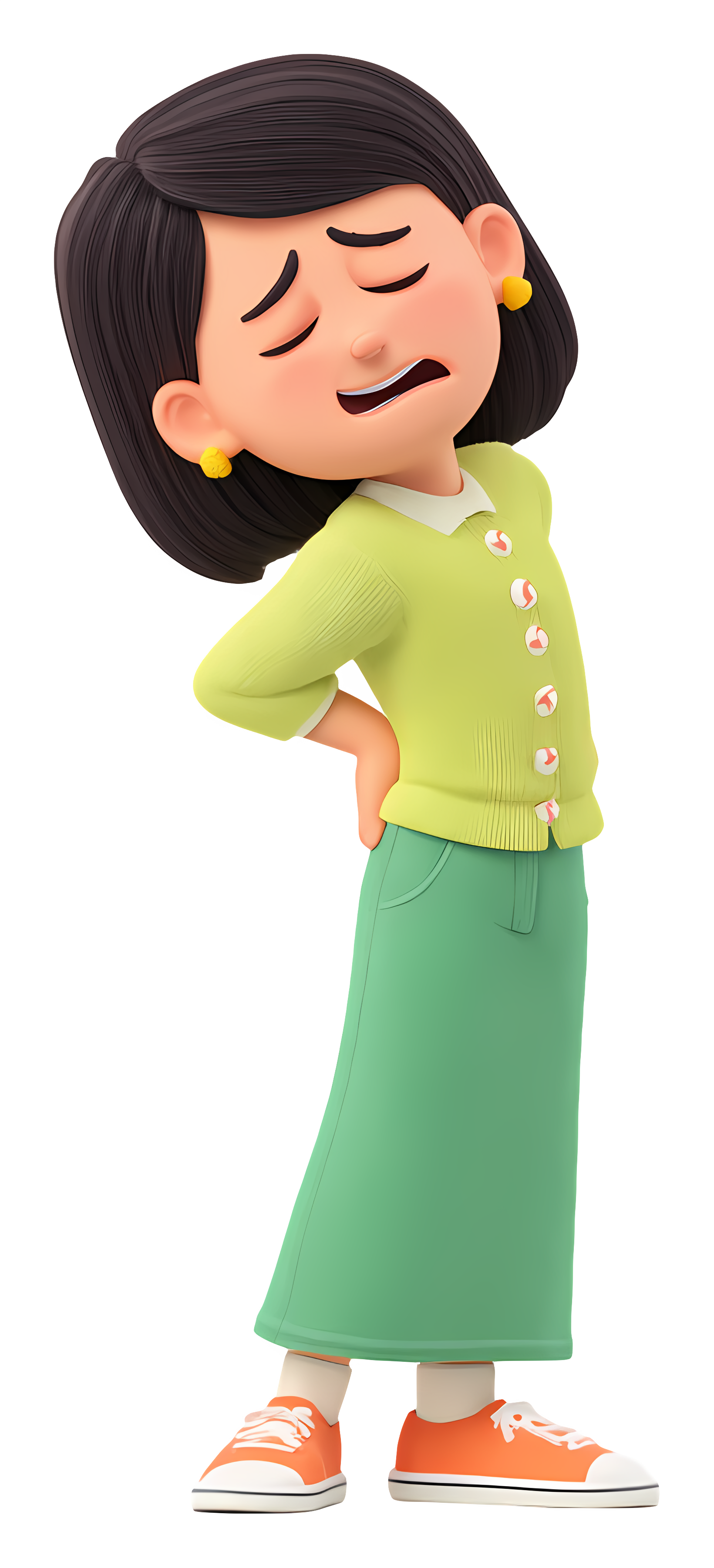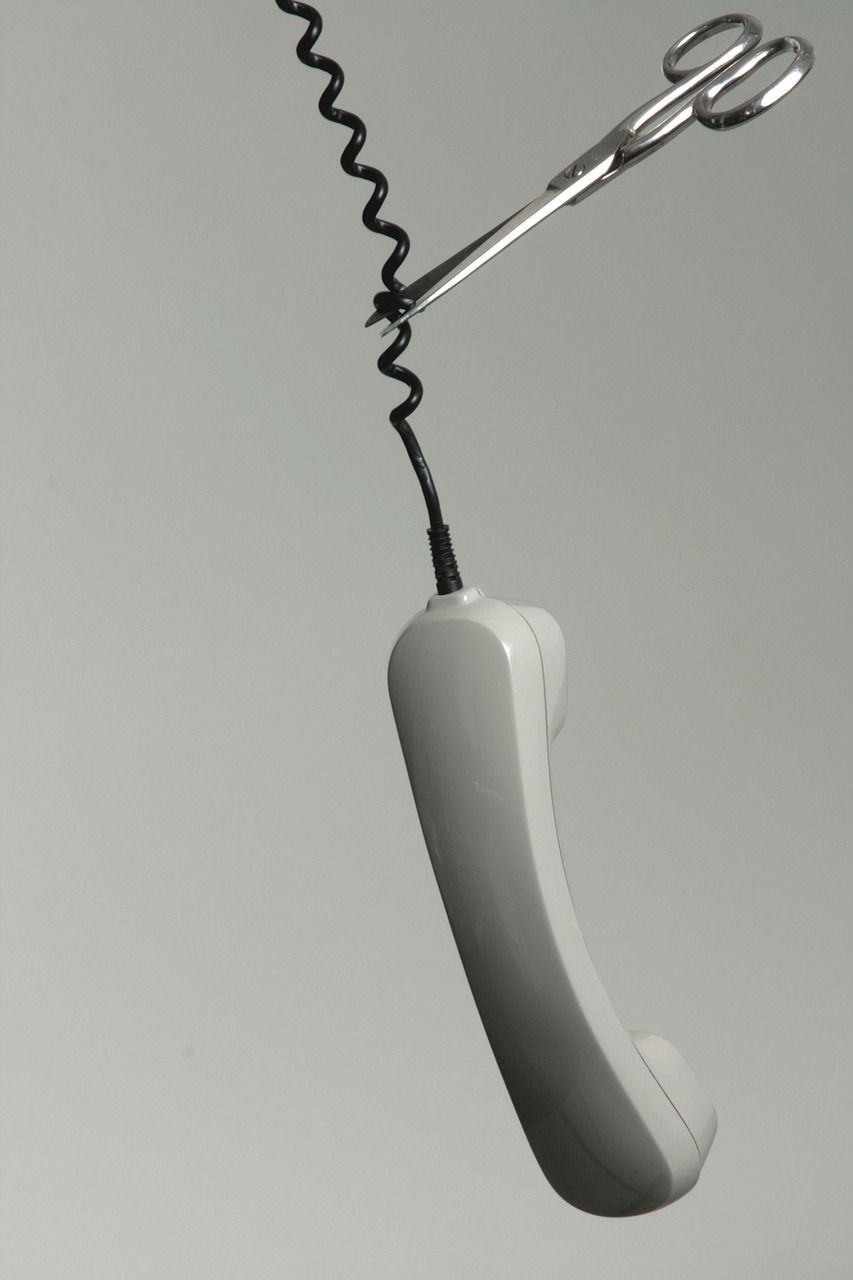Proper portion sizes: it’s in your HANDS
Over time, restaurant portions have gotten bigger and bigger. Eateries use “value for money” as a feature to attract our business, and boy has it worked! It has worked so well in fact that the problem now is that we have become so accustomed to seeing those larger serving sizes – not only when we eat out, but also when we order in, or see their ads in magazines, online, or on television – that we have literally lost all sense of proportion. Massive plates heaped with food have gradually become normal.
So how do we retrain ourselves to proper portions? I’m no fan of asking people to measure out their food before eating, but I do agree that it is a good thing to do once in a while to learn what a half-cup or cup of food looks like, for example. And I really dislike generalizations about the quantity of food people should eat. For example, as standard serving of rice is half a cup. That’s pretty much the amount of rice most people should consume at a sitting. However, is that amount likely to be appropriate for a 4’11” woman or a 6’2″ male? Probably not. People are not all the same size, so their portions shouldn’t be expected to be the same. So, how much should you be eating? For some guidance, look to your hands.
Make a fist. That’s the size of your stomach when it’s empty. On average, it’s about a cup, but for a small woman it will be less, and for a large man it will be more. Your hands are a great tool to figure out what’s the right amount of food, for you. That one fist is also the quantity of concentrated food you should be eating at a meal, namely the total of starches and protein foods. You can (and should) then fill up on an equal volume of fruits and vegetables as they are a large part water and don’t take up very much room in the digestive tract. (And don’t forget the abundance of vitamins, minerals, and antioxidants they provide!)
Using two hands cupped together, you’re also looking at a cup. This is good for judging mixed meals like casseroles or chili.
Cupping just one hand is good to estimate the starch alone, for example pasta, rice, quinoa, barley, potatoes, etc. This is approximately a half a cup.
The palm of your hand equates to roughly 3oz, which is also the typical serving size for meat, fish and poultry.
Putting two thumbs together equals approximately 1 tablespoon, which is good to measure peanut butter or salad dressing, while one thumb tip equates to about 1 teaspoon, a good measuring tool for butter or margarine.
So there’s no need to travel around with measuring cups and spoons to make sure we’re not eating too much. By relating our food intake to the size of our hands, we’ll never be without an accurate yardstick to measure against. So go ahead and play with your food for a bit! See for yourself how your hands measure up, and use this tool at every meal. Once you adjust to visualizing proper portion sizes, in time, that unconscious eating will become a thing of the past.
It may be true that, “our eyes are bigger than our stomachs”…but our hands are not!














